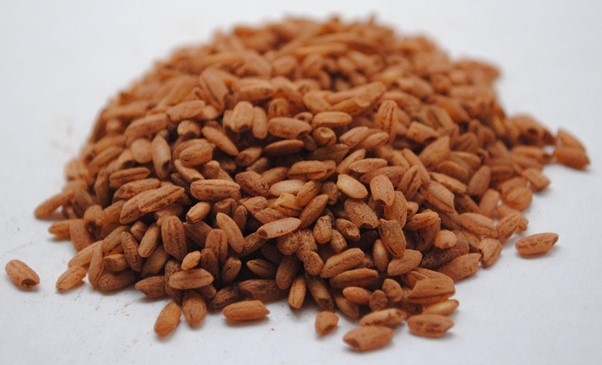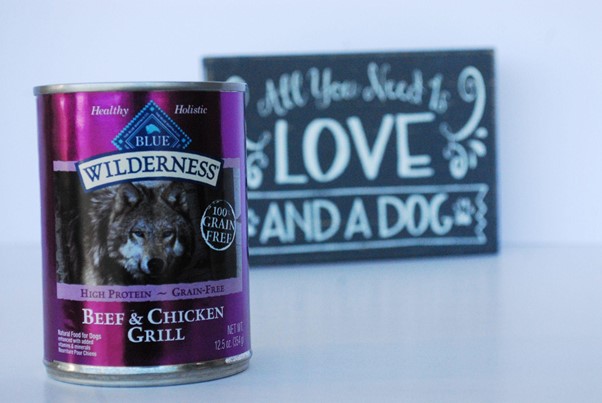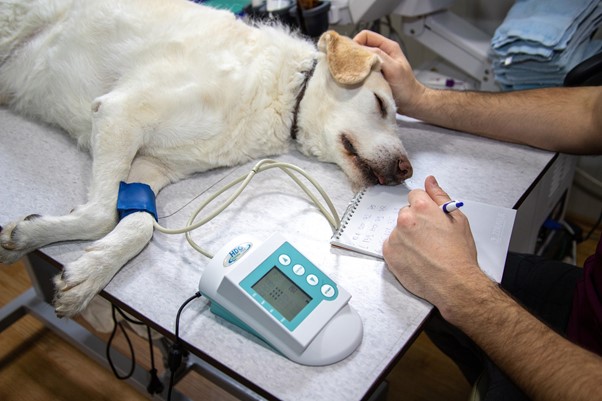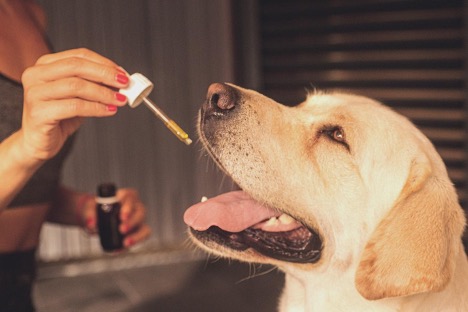Ways to Cut Costs While Still Providing Quality Nutrition for Your Fido
- Last updated on April 6, 2023
- By: Caroline Stowe
Keeping up with your pup’s dietary needs doesn’t have to strain your wallet! Whether you’re looking for a new kibble or treats, there are plenty of ways to make sure that Fido is getting the nutrition he deserves without overspending. In this blog post, we provide tips and tricks on how to find cost-effective meal plans so you can keep those tails wagging – guilt free!
1. Understand Your Dog’s Nutritional Needs
Different breeds require different levels of nutrients. Once you know your pup’s breed, age, and activity level, do some research to determine what his specific dietary needs are. This is the first step in finding foods that will meet those needs without breaking the bank.
Puppies need three meals a day and should be fed puppy kibbles or wet puppy food specifically formulated for their life stage. Adult dogs can typically handle two meals a day, or you can choose to feed them one large meal in the evening. For senior pups, consider switching to a senior dog food formulated with a lower calorie as they may have slower metabolisms.
To learn more, check out our dog diet guide on canine nutrition here.
2. Research Different Dog Foods
There are many types of pet food on the market, each with different nutritional values. Read up on the ingredients listed on labels so you know what your pup is eating. You may find that certain brands offer more nutrition per bag which allows you to buy less but still get higher-quality food for your pup.
Remember that cheaper isn’t always better; while generic brands may be less expensive, they may not provide all the nutrition your pup needs.
Dry vs. Wet. Dry kibble is usually more cost-effective than wet food, but it also can be lower in nutrition because the water content has been removed. If your budget is limited, opt for dry kibble and supplement with canned food occasionally to add moisture to your pup’s diet.
Organic vs. Non-Organic. Organic dog foods may sound like a fancy way of saying ‘expensive,’ but that doesn’t have to be the case! You can still find organic options that are within a reasonable price range or you can look into other brands with similar nutritional values that don’t come with an organic label.
3. Compare Different Brands
One of the easiest ways to save money on your pup’s meals is to compare prices and ingredients between brands. Read labels carefully, as some varieties may be cheaper but contain fewer essential nutrients. It’s always worth it to invest in quality food with a balanced nutritional profile that maintains your dog’s health in the long run.
Reading reviews from other dog owners is a great way to narrow down your options and get unbiased opinions on various brands.
4. Compare Prices and Look for Coupons & Deals

Once you know what type of food your dog needs, do some price comparisons online or in-store to get the best deal. Prices can vary from store to store, so it pays to do some comparison shopping before you buy.
Scan through local pet stores or online retailers for discounts or special deals to help you save even more money. To get your pup the best deals, keep an eye out for coupons and deals. Don’t be afraid to ask the salesperson if they have any coupons available. You’d be surprised how much money can be saved by simply asking around!
And be sure to check out websites like coupons.com or Groupon for offers. Many online stores will have sales or promotions that can help you save money. By signing up for email lists, becoming a member at your favorite shops or follow them on social media, you’ll get notifications with any special offers they might have available.
Many companies also have subscription services where you can get discounts or free shipping when buying regularly-scheduled shipments of dog food.
5. Take Advantage Of Loyalty Programs
Many pet stores have loyalty programs that reward customers based on how much they spend over some time (for example, 5% off after spending $200+).
Signing up for these loyalty programs can help you save money on future purchases as well as give you access to exclusive discounts or freebies from time to time!
Some websites even offer cashback rewards when shopping online which can further reduce the overall cost – and all these add up quickly to give your wallet some extra breathing room!
6. Seek Out Local Brands
While most big-name brands are readily available nationwide, smaller locally made products may offer better value depending on where you live -so ask around at local pet stores, farmers markets, etc .to see what’s available near you!
Buying local doesn’t just support your community – it can also help you save money! Smaller brands often offer more affordable options than larger companies, and the ingredients may be fresher too.
7. Buy in Bulk & Store Properly
To stretch your budget even further, consider buying larger bags or bulk when possible. Whether you opt for a larger bag or purchase from a warehouse store, this method can help you save quite a bit over time!
Buying larger bags of food can save you money in the long run. Look for sales at pet stores or even try buying directly from the manufacturer if possible! You can also look into subscription services that offer discounts if you choose to receive regular monthly shipments.
Once you have a bulk supply of food, make sure it is stored in an airtight container away from extreme temperatures and sunlight. This will help keep the food fresher for longer so your pup can enjoy every bite!
Make It Yourself
For a completely cost-effective option, try making meals from home using whole ingredients like lean meats, brown rice, and vegetables. This option is also great for pups with allergies or specific dietary needs that can’t be met with store-bought food.

Making your own dog food takes a bit of time to prepare, but you’ll have peace of mind knowing the exact ingredients that are going into your pup’s meals.
Plus, like most homemade meals, cooking in bulk will help stretch your budget even more! It can be an excellent way to save money and provide nutritious meals that your pup will love at a fraction of the cost!
How to Choose Healthy, Affordable Foods for Your Dog

Check the Ingredients
When choosing dog food on a budget, try to stick with brands that use high-quality ingredients and are formulated for your dog’s specific age and size.
It’s important to check the ingredients list of any food you consider feeding your pup.
Look for foods with high-quality proteins such as chicken or beef as well as whole grains like brown rice, oats, or barley.

Avoid foods with low-quality proteins like poultry by-products or unnamed meats and fillers such as cornmeal or wheat flour.
Read Reviews
Before purchasing any food, read reviews online to gain insight into other pet owners’ experiences with specific brands and formulas.
This will help you narrow down which ones may be right for your pup based on price point, quality of ingredients, and palatability.
Check Nutritional Analysis
All commercial pet foods must include a “guaranteed analysis” on their packaging that indicates the minimum levels of protein and fat as well as maximum levels of fiber and moisture in the product per serving size.
This information can help you determine if a particular brand or formula is suitable for your pup’s dietary needs.
Understand Labels
Many pet food labels contain confusing language that can make it difficult to understand what exactly is in the product you’re considering giving to your dog.
For example, words like “human grade” or “organic ingredients” don’t necessarily mean much when it comes to pet food because there is no legal definition or standard set by regulators yet!
So if something sounds too good to be true (or too vague) do some research before buying it!
Pay Attention to Packaging
The packaging of pet food can tell you a lot about its quality.
Don’t be fooled by flashy packaging or claims of “premium” foods – read the ingredients list to make sure the food you choose is healthy and nutritious.
Avoid low-cost, low-quality brands that contain fillers such as wheat and corn, which can be difficult for dogs to digest.
Additionally, avoid bags made from plastic material as they often contain chemicals that could contaminate the product over time.
Instead, look for products packaged in foil pouches or resealable cans which will prevent exposure to air and light which helps maintain freshness longer!

Consider Cost Per Serving
Always remember that when comparing prices between different brands of pet food. It’s important to look at the cost per serving rather than simply the price per bag/can/etc.
This is because some products may appear more expensive but offer more servings per package!
For example- let’s say one brand offers a 5lb bag of kibble priced at $20 while another offers an 8lb bag at $25.
Even though this second option appears more expensive upfront -if each pound contains 15 servings then this would work out cheaper per serving than if each pound only contains 12 servings!
Weigh All Options
Once you’ve gathered all information necessary, weigh all options against each other carefully before making any decisions.
While cost, convenience, and availability are important factors consider what will be best overall health-wise first then decide from there!
A healthy diet is key to keeping our furry friends happy and healthy so take care when picking what goes into their bowls every day!
Look For Generic Brands
Not all generic brands are created equal but if done right they can provide similar nutrition levels as more expensive brands while being much easier on the wallet!
Just make sure that whatever brand you choose is certified by an independent body such as AAFCO (Association of American Feed Control Officials).
This way you know it contains all the necessary nutrients without unnecessary fillers!
Go For Natural Ingredients
Natural ingredients tend to cost less than artificial ones while still providing adequate nutrition levels.
Plus, they don’t contain any potentially harmful chemicals which could be bad news for both human and canine health alike!
So opt for natural whenever possible – not only will it save you money but it will also benefit both yourself and Fido in the long run too!
Learn more by clicking the link below.
Conclusion
Feeding your dog on a budget doesn’t have to be a challenge! With these tips, you’ll be able to save money while still providing quality nutrition for your four-legged friend and keep them healthy and happy – without breaking the bank. Bon Appétit, Fido!
-
Author: Caroline Stowe
- Updated on April 6, 2023
Disclaimer: This article doesn’t intend to replace professional veterinary advice, nor should it be used as a substitute for veterinary services, diagnosis, or treatment. The content on this website, including information and opinions expressed herein, are intended for general informational purposes only. In case you have concerns or questions regarding your dog’s health and diet requirements, please consult your veterinarian before doing anything that might affect it.
DogPetGuide.com and the writer are not responsible or liable for any damage, liability, costs, or claims arising from any possible consequences of the reader’s action after reading this article.




